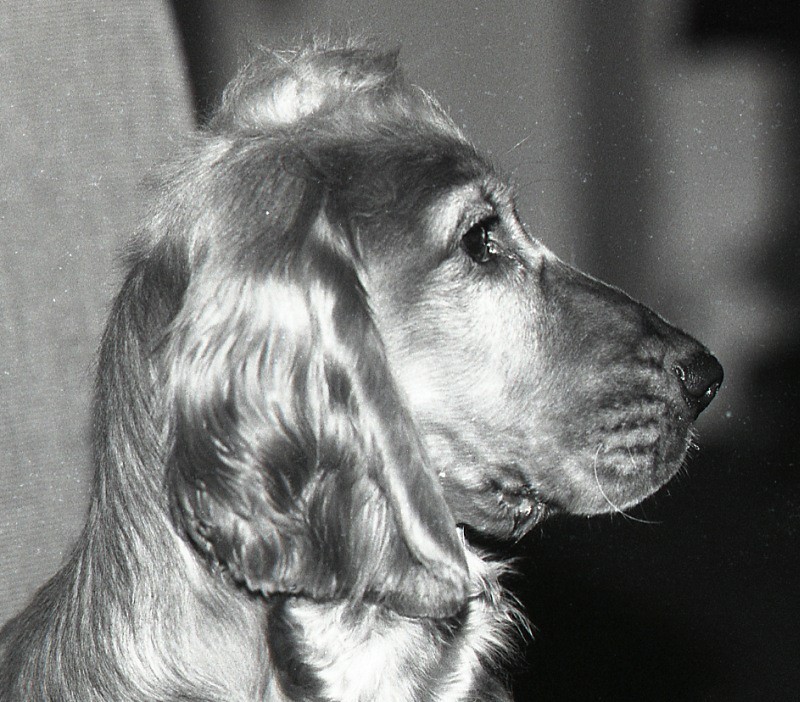Writing an essay for my MA degree in photography - just starting the introduction (have omitted all the references and footnotes below, in case anyone notices their absence)...
‘It was a dark and stormy night …’: photography through the lens of the GothicThis tower, patched unevenly with black ivy, arose like a mutilated finger from among the fists of knuckled masonry and pointed blasphemously at heaven. At night the owls made of it an echoing throat; by day it stood voiceless and cast its long shadow.
Mervyn Peake, Titus Groan, 1946
Introduction
Gothic. The word conjures up clichés – Victorian novels about pale heroines lost in labyrinthine castles, lurid Hammer House of Horror films, gloomy black-clad youth listening to even more gloomy music, a perky blonde American teenager slaying vampires…
It’s easy to sneer at the Gothic, and Williams pithily sums up the attitude of many critics to the genre when she calls it ‘the uncanny's campy, embarrassing cousin’, but, after two centuries of derision, the Gothic demands to be taken seriously, concomitant with its acceptance by contemporary artists: vilified, the Gothic lurked in the shadows after its creation in the 18th century, but underwent a revivification in the late 20th century, and shambled into the 21st. Like the monsters it portrays, the genre just won’t die. That the rise in popularity of the Gothic is coincident with postmodernism – characterised by its appropriation of the past and the popular (in contrast to modernism) – is no accident, and, as a marker of its increase in status, Gothic studies emerged as a discipline in the 1970s.
The Gothic has also escaped the confines of its origins in literature, and today can be found in all forms of media – including photography. It is the aim of this essay to examine the appropriation of Gothic tropes by contemporary photographers.
This discourse aims to examine Gothic tropes in photography through genre. First, the term ‘genre’ is explored, and its meaning within the context of this essay clarified. This is followed by an exposition of the Gothic, from its creation in the 18th century to the present day, tracing its evolution and transformation through time – notably the supplanting of its original setting within a romanticised medieval Europe by the contemporary suburban environment. Key notions such as the uncanny and terror, and the cultural, psychological and psychosocial underpinnings of the Gothic, are also examined. Next, the Gothic and photography are considered, including how the genre manifests itself in contemporary photography, and how the medium changes and impacts the genre. Works by contemporary photographers such as Todd Hido and Gregory Crewdson are used as illustrative examples.


